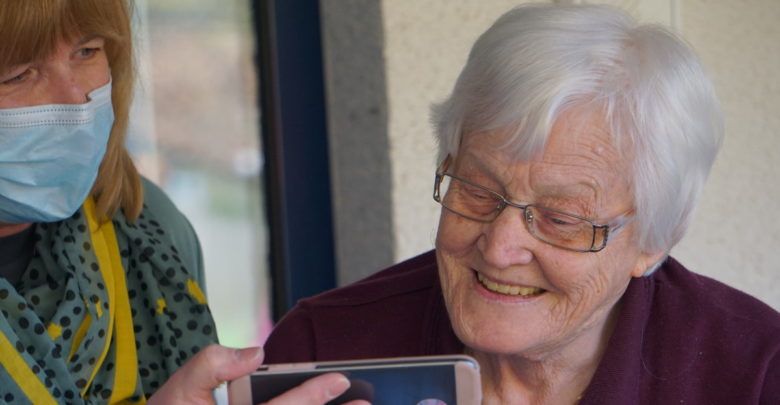 Supplied
SuppliedAs the COVID-19 pandemic makes its way across Canada, seniors are hit especially hard with the biggest impact being felt within the women-dominated long-term care system.
Approximately 80 per cent of COVID-19 related deaths in Canada have been in the long-term care system. Almost 60 per cent of long-term care residents are women, as well as over 90 per cent of staff.
According to Andrea Gruneir, a University of Alberta associate professor in the department of family medicine and health services researcher, the highly gendered environment of long-term care homes is a factor that cannot be overlooked.
“The frontline people who do the vast majority of the hands on care [are] mostly women. Much of the other levels of staffing are nurses or what are sometimes called other allied staff, like physiotherapists or occupational therapists, who are also often women,” Gruneir said. “We are talking about an environment where many of the residents… and almost all of the staff are women.”
Gruneir cites higher life-expectancy, increased susceptibility to conditions like dementia and arthritis, and a higher likelihood of being unmarried in later life as the primary reasons why women make up the majority of long-term care residents.
In terms of long-term workers, Gruneir also mentions the gendered nature of their work may have a lot to do with why staff tend to be women.
“The kind of work that gets done [in long-term care] is what’s typically considered feminized work,” said Gruneir. “It’s making sure people are able to be fed, they’re nourished, that they can go to the washroom, that they’re clean, that they’re dressed. That has also historically fallen under the realm of what would traditionally be considered women’s work.”
The closure of schools and social services has also disproportionately affected women, and Gruneir points out that the interaction of those affects is a big stressor on women working in long-term care.
“When schools closed, when people lost access to daycares… women more often than men were just left to handle the childcare needs,” Gruneir said.
“Those women working [in long-term care] would also be experiencing not just whatever stressful situations were happening within long-term care, but what would also be happening within their own homes, which would be changing.”
COVID-19 highlights pre-existing systemic issues in long-term care
The conditions inside of long-term care homes had been a concern long before the outset of the COVID-19 pandemic.
Provincial governments have tended to favour age-in-place policies that promote helping seniors stay in their own homes, and while Gruneir says those efforts are commendable, it also means residents entering long-term care tend to suffer from more acute conditions.
According to Gruneir, the influx of high-risk residents coupled with provincial funds being diverted to alternative services meant that long-term care homes were left unequipped to deal with COVID-19.
“On an average day you often hear reports of care aides saying they’re running from resident to resident — they’re barely getting the job done with one person before they have to move onto the next,” Gruneir said. “Throw on a pandemic on top of it, where now they’re going to have to try to implement whatever infection and control processes [are in place,] and it’s just going to stretch those people even more.”
From Gruneir’s perspective, it also seems long-term care homes were not factored into national preparations for the pandemic.
“We’ve heard from across the country [about] the lack of personal protective equipment (PPE) in long-term care,” Gruneir said. “[Long-term care] was completely overlooked in the planning of PPE for other parts of the health system, and it continues to be a struggle for many facilities to have sufficient masks, gloves, gowns and whatever it is they might need for themselves.”
Gruneir added that despite issues in long-term care dominating the current conversation, the problems that are being seen apply across healthcare sectors.
“A lot of our focus right now has been on long-term care, which is an institutional setting, but many of the problems that have emerged, although they haven’t been as dramatic, [are] very similar in settings like home care,” Gruneir said. “They’re outside the hospital system, but it’s people who rely on care from people who sometimes aren’t seen as skilled healthcare providers, even though they are.”




